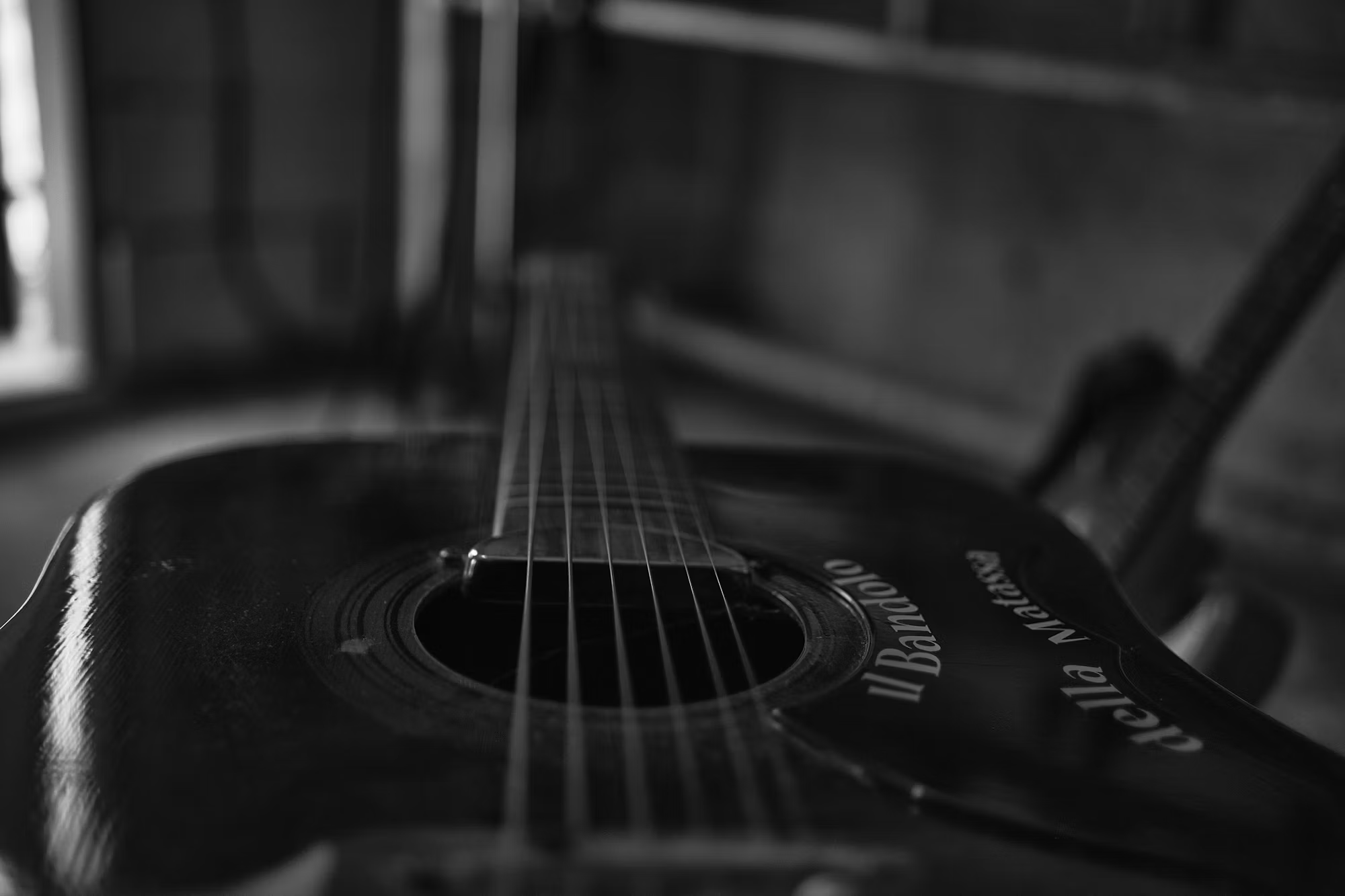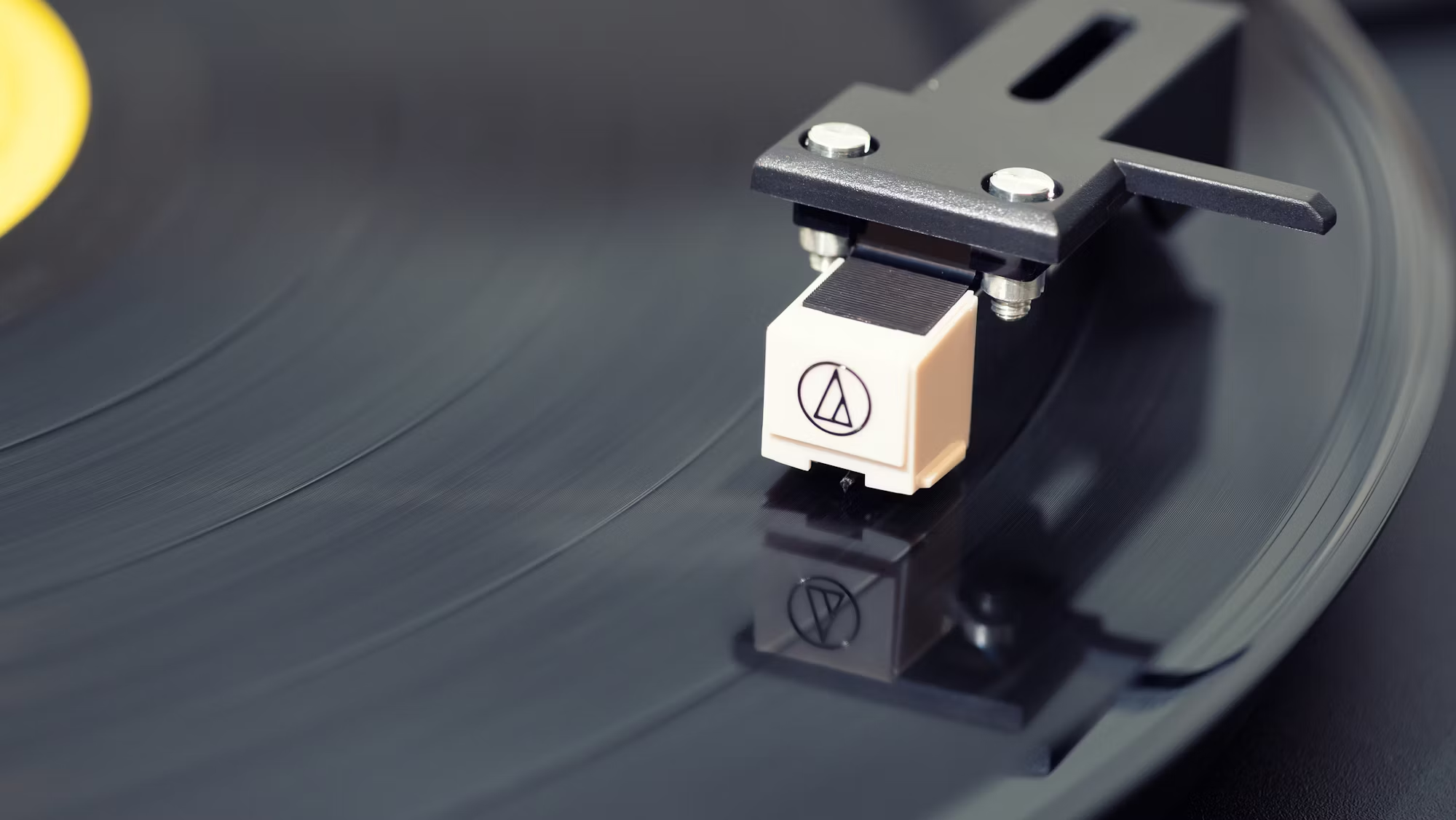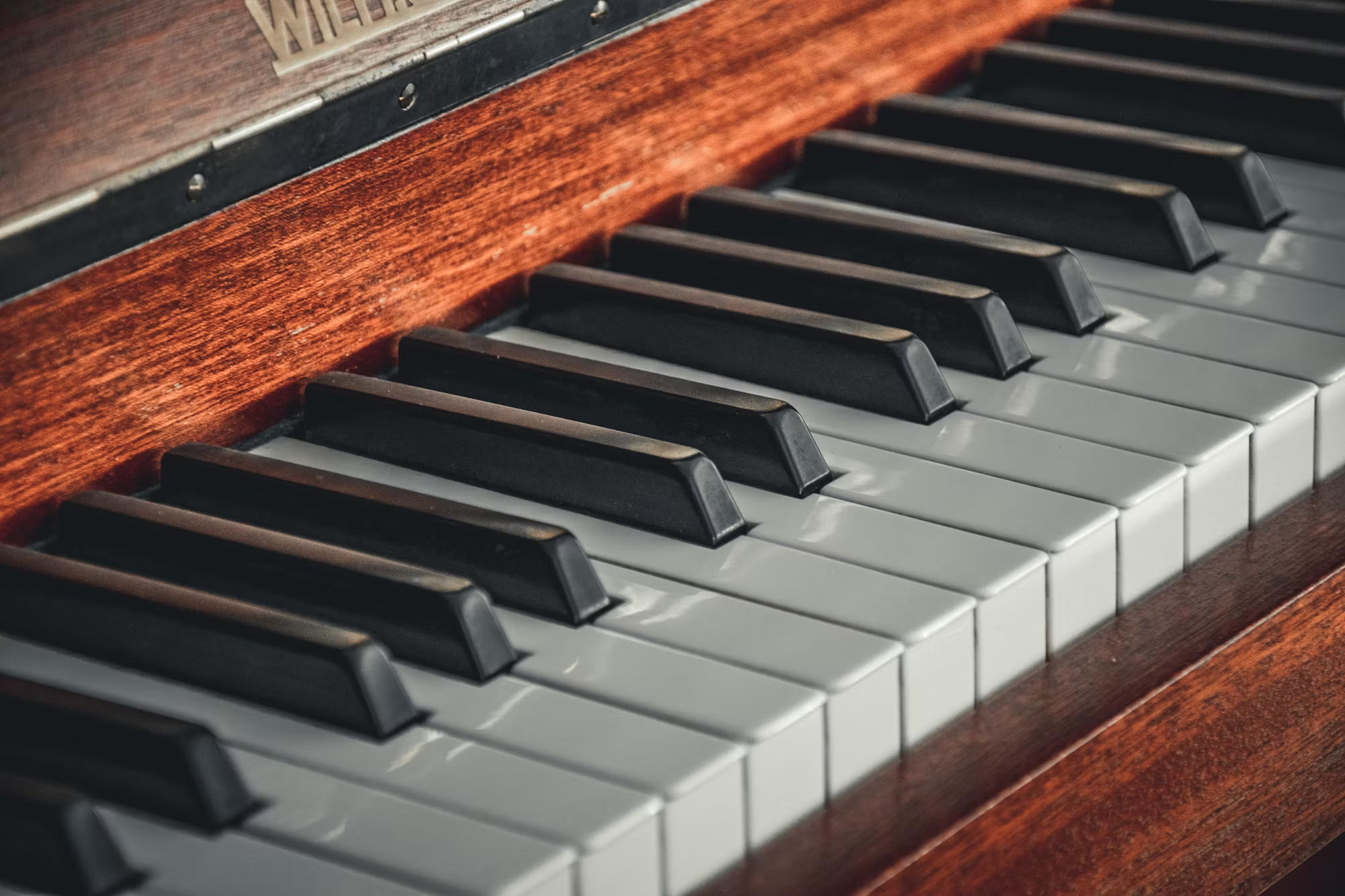Music is a universal language that has the power to connect people across cultures and generations. Over the years, various genres have emerged, each with its own distinct characteristics and cultural significance. This article delves into the evolution of key music genres, tracing their roots, exploring their impact on society, and highlighting the artists who have played pivotal roles in shaping their sounds.
One of the earliest and most influential genres is classical music, which dates back centuries. Emerging from the traditions of Western liturgical music, classical music has evolved through various periods, including the Baroque, Classical, and Romantic eras. The Baroque period, characterized by intricate melodies and complex harmonies, produced iconic composers like Johann Sebastian Bach and George Frideric Handel. Their works laid the foundation for the development of music theory and composition, influencing generations of musicians.
As we transitioned into the Classical period, composers like Wolfgang Amadeus Mozart and Joseph Haydn introduced clarity and balance to their music. Mozart’s operas, symphonies, and chamber works showcased his mastery of melody and form, while Haydn’s contributions to the symphony and string quartet established essential structures still used today. The Romantic era brought a shift in focus toward emotional expression, with composers like Frédéric Chopin and Pyotr Ilyich Tchaikovsky exploring themes of love, nature, and personal experience. Their music continues to resonate deeply, captivating audiences with its lyrical beauty.
Moving beyond classical music, the late 20th century saw the rise of popular music genres that reshaped the musical landscape. Rock music, which emerged in the 1950s, became a cultural phenomenon, with artists like Elvis Presley and Chuck Berry leading the charge. The genre’s electrifying energy and rebellious spirit captured the hearts of young people, marking a significant shift in cultural norms. As rock evolved, subgenres such as classic rock, alternative rock, and indie rock emerged, with bands like The Beatles, Led Zeppelin, and Radiohead pushing creative boundaries and influencing countless musicians.
The 1980s introduced a wave of pop music that dominated the charts and airwaves. Icons like Michael Jackson and Madonna became global superstars, redefining the concept of celebrity and the role of music in popular culture. Jackson’s innovative music videos and dance moves, along with Madonna’s boundary-pushing performances, transformed the music industry. Their influence extended beyond music, impacting fashion, dance, and social issues. This era also saw the birth of hip hop, a genre rooted in the experiences of marginalized communities. Pioneers like Grandmaster Flash and Run-D.M.C. used their music to address social issues, laying the groundwork for future generations of hip hop artists.
Hip hop’s evolution continued through the 1990s and 2000s, with artists like Tupac Shakur, Notorious B.I.G., and later, Kanye West and Drake, shaping the genre’s sound and message. Hip hop became a powerful vehicle for storytelling, reflecting the realities of life in urban environments. The genre’s impact on culture, language, and fashion is undeniable, as it has influenced everything from slang to social activism. Today, hip hop remains one of the most popular and influential genres worldwide, continually evolving while addressing contemporary issues.
Alongside hip hop, electronic music has emerged as a dominant force in the music industry. From the early days of disco and house music to the rise of EDM (Electronic Dance Music), this genre has transformed the way we experience music. Pioneers like Daft Punk and Calvin Harris have pushed the boundaries of sound, creating infectious beats that resonate in clubs and festivals around the globe. The accessibility of digital production tools has allowed a new generation of artists to experiment with electronic music, leading to the rise of subgenres such as techno, trance, and dubstep.
Country music, with its roots in American folk traditions, has also undergone significant evolution. Traditional country artists like Johnny Cash and Dolly Parton brought storytelling and emotion to the forefront, capturing the essence of American life. As the genre evolved, country-pop emerged, blending elements of pop music with traditional country sounds. Artists like Taylor Swift and Kacey Musgraves have successfully crossed genres, attracting diverse audiences while maintaining their country roots.
Jazz, another genre with rich cultural significance, has evolved from its New Orleans origins into a global phenomenon. From the swing era led by Louis Armstrong to the complex improvisations of bebop artists like Charlie Parker and Miles Davis, jazz has continually adapted and influenced other genres. Fusion, a subgenre that blends jazz with rock and funk, further expanded its reach, showcasing the versatility and creativity inherent in jazz music.
Blues, often considered the foundation of many contemporary music genres, has also played a pivotal role in the evolution of music. Originating from African American spirituals and work songs, the blues genre expresses deep emotional experiences. Legends like B.B. King and Muddy Waters paved the way for rock and roll and influenced countless artists across various genres. The blues continues to resonate with listeners, serving as a powerful form of emotional expression.
Folk music has seen a revival in recent years, with contemporary artists like Bob Dylan, Simon & Garfunkel, and Joan Baez using their voices to address social issues and tell stories. The folk revival of the 1960s brought traditional songs to new audiences, while modern folk artists blend traditional elements with contemporary themes, keeping the genre alive and relevant.
Reggae music, with its roots in Jamaica, has also made a significant cultural impact. Artists like Bob Marley and Peter Tosh used their music to promote messages of peace, love, and social justice. Reggae’s infectious rhythms and uplifting lyrics have transcended borders, inspiring movements and fostering a sense of unity among listeners worldwide. Its influence can be seen in various genres, from pop to hip hop, as artists continue to draw inspiration from reggae’s rich history.
In conclusion, the evolution of music genres is a testament to the dynamic nature of human creativity and expression. Each genre has emerged from unique cultural contexts, reflecting the values, struggles, and aspirations of its time. From classical symphonies to contemporary hip hop, music continues to shape our experiences, connect us with others, and inspire change. As we look to the future, we can anticipate the emergence of new genres and styles, each contributing to the rich tapestry of music that unites us all.
As listeners and creators, we have the privilege of experiencing this ongoing journey through sound, celebrating the diversity and richness that music brings to our lives. The evolution of music genres not only enriches our cultural landscape but also serves as a reminder of the power of music to transcend boundaries and connect us as human beings.




